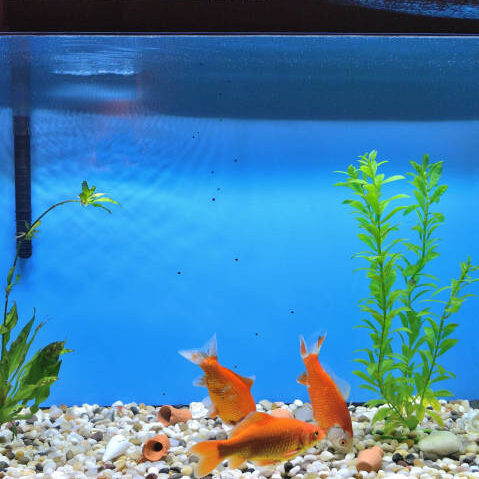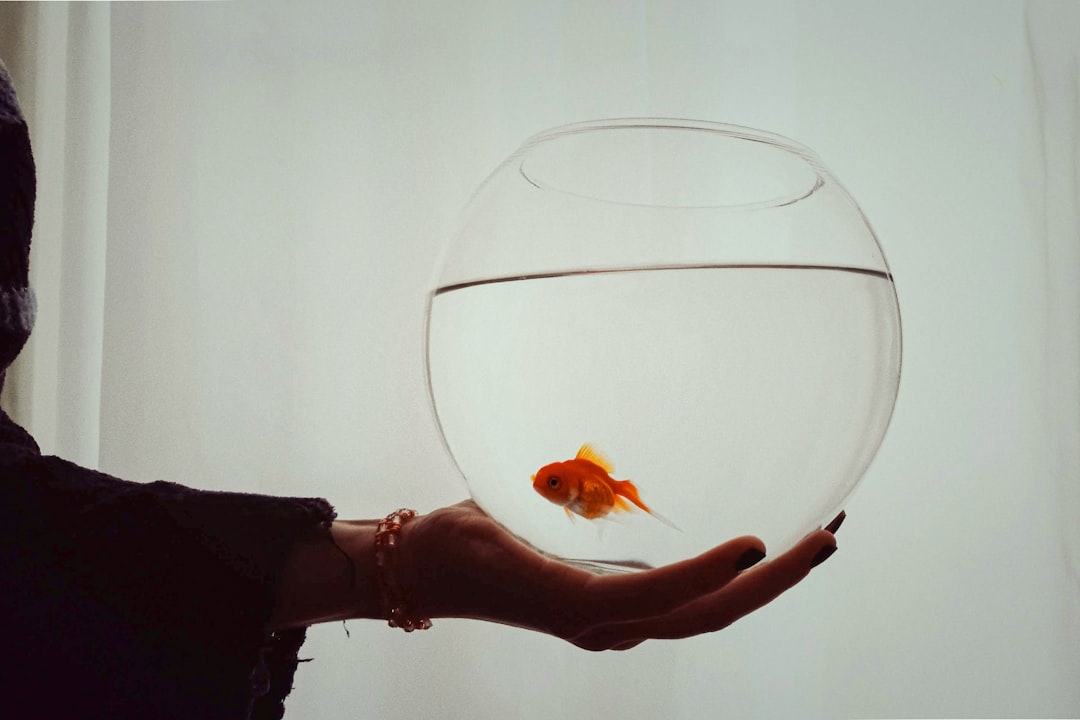Introduction: Tank Cleaning Fish With Goldfish
Tank Cleaning Fish With Goldfish is a popular idea among fish keepers looking for a natural way to maintain a clean aquarium. But is it a good idea? The truth is, no fish can keep a goldfish tank spotless, and adding certain species to a goldfish aquarium can cause more harm than good. However, some tank mates may help manage algae or leftover food, complementing your regular maintenance routine. The right choice of tank-cleaning fish can make a difference, but it’s essential to pick species that thrive in the same environment as goldfish. In this article, we’ll explore whether tank-cleaning fish can coexist with goldfish, the best species to consider, and how to keep your aquarium in top condition with a well-balanced ecosystem.

Can Tank Cleaning Fish Live With Goldfish?
The idea of Tank Cleaning Fish With Goldfish sounds great in theory, but in practice, it’s not that simple. Goldfish are messy eaters, produce a lot of waste, and require cooler water than many traditional tank-cleaning fish. Some algae eaters and bottom dwellers can survive in a goldfish tank, but many struggle with the high bio load and constant disturbance from goldfish.
Before adding any species, you need to consider:
- Water temperature – Goldfish prefer cooler temperatures (18-22°C), while many cleaning fish thrive in warmer waters.
- Goldfish behaviour – They are active and serious and may harass or eat smaller fish.
- Tank size – A larger tank is essential to avoid overcrowding and maintain water quality.
Best Tank Cleaning Fish That Can Live With Goldfish
While no fish will completely clean your tank for you, some species can help manage waste and algae without causing harm to your goldfish. Here are a few options:
1. Hillstream Loach
- Ideal temperature: 18-22°C
- Diet: Algae, biofilm, sinking pellets
- Temperament: Peaceful
Hillstream loaches are one of the best options for Tank Cleaning Fish With Goldfish. They thrive in the same cool water temperatures and help control algae. However, they need strong water flow and plenty of hiding spots.
2. Bristlenose Pleco
- Ideal temperature: 20-23°C
- Diet: Algae, sinking wafers, vegetables
- Temperament: Peaceful but needs space
Unlike common plecos, which grow too large, bristlenose plecos stay small and can manage algae growth. They need hiding places and a well-maintained tank to avoid stress.
3. Japanese Trapdoor Snail
- Ideal temperature: 18-22°C
- Diet: Algae, decaying plant matter, leftover food
- Temperament: Peaceful
These snails are hardy and help clean up leftover food while keeping algae in check. They reproduce slowly, so they won’t overrun your tank like other snail species.
4. Dojo Loach (Weather Loach)
- Ideal temperature: 16-22°C
- Diet: Scavenger, eats leftovers and sinking food
- Temperament: Friendly and social
Dojo loaches are excellent tank mates for goldfish, helping clean up uneaten food. However, they can grow quite large, so they need a spacious tank.

Fish to Avoid in a Goldfish Tank
Not all cleaning fish are suitable for a goldfish tank. Some species struggle with goldfish conditions or become aggressive. Avoid the following:
- Otocinclus Catfish – Require warmer water and struggle with goldfish competition.
- Common Pleco – Grows too large (up to 60cm) and produces excessive waste.
- Siamese Algae Eater – Needs warmer water and may become aggressive.
- Nerite Snails – Risk being picked at by goldfish.
- Corydoras Catfish – Prefer stable, warmer environments.
How to Maintain a Clean Goldfish Tank
Even with Tank Cleaning Fish With Goldfish, you’ll still need to perform regular maintenance. Here’s how to keep your aquarium clean:
1. Perform Regular Water Changes
Goldfish produce a lot of waste, so changing 25-50% of the water weekly is essential to prevent ammonia spikes.
2. Use a Strong Filtration System
Goldfish require powerful filtration to handle their waste. Choose a filter rated for at least double your tank size.
3. Vacuum the Substrate
Use a gravel vacuum to remove debris and uneaten food, preventing water quality issues.
4. Control Algae Growth
Reduce excess light exposure and avoid overfeeding to prevent algae outbreaks.
5. Provide the Right Diet
Feed your goldfish a balanced diet in small portions to minimise leftover food that can pollute the tank.
Final Thoughts
While Tank Cleaning Fish With Goldfish can help with maintenance, they won’t replace regular tank cleaning. Goldfish are messy, and no fish can handle all the waste they produce. However, species like hillstream loaches, bristle nose plecos, and dojo loaches can coexist with goldfish and contribute to a cleaner environment. The key is choosing compatible tank mates, maintaining good filtration, and performing routine cleaning to keep your aquarium healthy.

FAQs
1. Can any fish completely clean a goldfish tank?
No, all tanks require manual cleaning, but some species can help manage algae and uneaten food.
2. What is the best algae eater for a goldfish tank?
Hillstream loaches and bristle noseplecos are the best options due to their ability to tolerate cooler water.
3. Will snails help clean a goldfish tank?
Yes, Japanese trapdoor snails are a good option as they eat algae and leftover food without overbreeding.
4. Can plecos live with goldfish?
Bristlenose plecos can, but common plecos grow too large and create too much waste.
5. Do goldfish eat cleaning fish?
Goldfish may nibble on smaller fish or snails, so tank mates must be carefully chosen.
6. How often should I clean a goldfish tank?
Weekly water changes of 25-50% are recommended, along with regular gravel vacuuming.
7. Can a goldfish tank be self-cleaning?
No, even with cleaning fish, filtration, and plants, regular maintenance is necessary.
8. Are bottom feeders good for goldfish tanks?
Some, like dojo loachesbristlee nose plecos, can be beneficial, but others may not thrive.
9. Can algae eaters and goldfish live together?
Only specific species like hillstream loaches can live with goldfish in a well-maintained tank.
10. Why does my goldfish tank get dirty so quickly?
Goldfish are messy eaters and produce a lot of waste, so frequent cleaning and good filtration are necessary.
